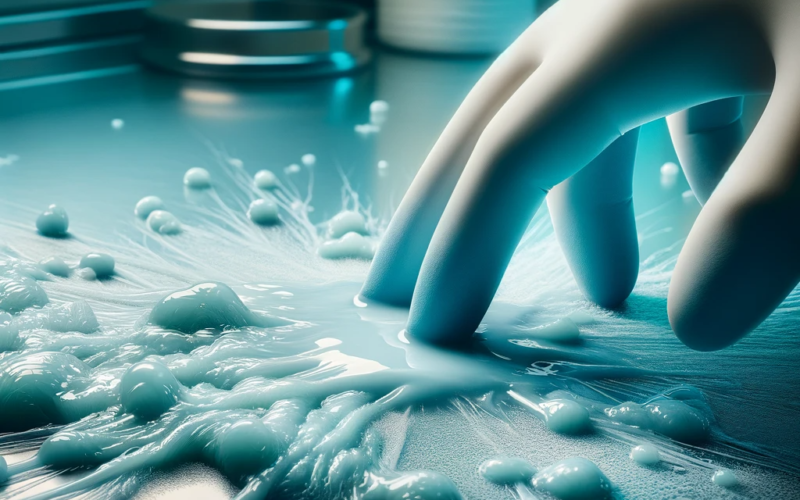Disinfecting and sanitizing are both processes used to reduce or eliminate the presence of germs, bacteria, viruses, and other microorganisms on surfaces or objects. However, they differ in their methods and the level of microbial reduction they achieve. Here’s a detailed explanation of the differences between disinfecting and sanitizing:
- Objective:
- Disinfecting: The primary goal of disinfection is to kill or inactivate a broader spectrum of pathogens, including bacteria, viruses, and fungi, on surfaces or objects. It aims to eliminate most or all disease-causing microorganisms, reducing the risk of infection.
- Sanitizing: Sanitization aims to reduce the number of microorganisms on surfaces or objects to a level that is considered safe according to public health standards or requirements. While it doesn’t necessarily kill all pathogens, it lowers their population to a point where they are unlikely to cause illness.
- Microbial Reduction:
- Disinfecting: Disinfectants are designed to kill a wide range of microorganisms, often achieving a higher level of reduction compared to sanitizers. They typically reduce the microbial count by at least 99.9% (a 3-log reduction) or more, depending on the product and contact time.
- Sanitizing: Sanitizers reduce the microbial count to a lesser extent compared to disinfectants. They usually aim for a 99.99% (a 2-log reduction) reduction in specific types of bacteria within a specified time frame, as required by regulatory agencies.
- Products Used:
- Disinfecting: Disinfection typically involves the use of chemical disinfectants, which are stronger and more potent than sanitizers. Common disinfectants include quaternary ammonium compounds, hydrogen peroxide, chlorine-based compounds, and alcohol-based solutions.
- Sanitizing: Sanitizing often uses milder chemicals or substances that are less harmful to humans and the environment. Common sanitizers include chlorine bleach (at lower concentrations), hydrogen peroxide, and certain food-grade sanitizers like iodine-based solutions.
- Applications:
- Disinfecting: Disinfection is commonly employed in healthcare settings, laboratories, food processing facilities, and high-risk areas where a higher level of pathogen elimination is crucial.
- Sanitizing: Sanitization is often used in food service establishments (e.g., restaurants, cafeterias) to ensure food contact surfaces are safe, as well as in childcare facilities and places where surface cleanliness is essential but complete pathogen elimination is not always required.
- Contact Time:
- Disinfecting: Disinfectants typically require longer contact times to achieve the desired level of microbial reduction. Users must follow manufacturer instructions, which may involve leaving the disinfectant on the surface for a specified period.
- Sanitizing: Sanitizers often have shorter contact times, making them more practical for quick surface treatment in busy environments. However, it’s important to follow manufacturer instructions for effective sanitization.
- Regulatory Requirements:
- Disinfecting: Disinfectants are subject to more stringent regulatory requirements and efficacy testing because they are intended to eliminate a broader range of microorganisms. Regulatory agencies, such as the Environmental Protection Agency (EPA) in the United States, govern disinfectant products.
- Sanitizing: Sanitizers are subject to specific regulations that govern their use on food contact surfaces. In the U.S., the Food and Drug Administration (FDA) oversees sanitizer regulations for food service establishments.
In summary, the main difference between disinfecting and sanitizing lies in the level of microbial reduction they achieve and the specific use cases they serve. Disinfecting aims for a higher level of pathogen elimination and is often used in healthcare and high-risk settings, while sanitizing focuses on reducing microorganisms to a safe level and is commonly applied in food service and everyday surface cleaning. It’s essential to choose the appropriate method based on your specific needs and the regulatory requirements of your industry.

